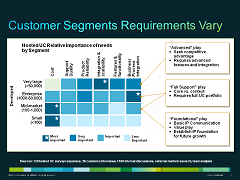
Voice 2.0: Disrupting the Telcos with Rebtel (Rebtel Presentation)
Voice & Messaging 2.0: Disrupting the telcos with Rebtel, Presentation by Andreas Bernstrom, CEO, Rebtel. Will smartphones bring a wave of mobile VoIP disruption? Presented at EMEA Brainstorm, November 2011.
The adventures of a voice rebel









